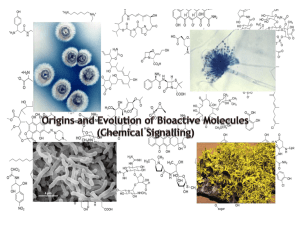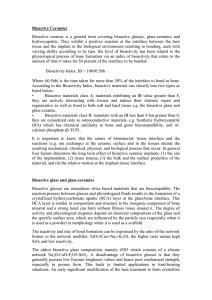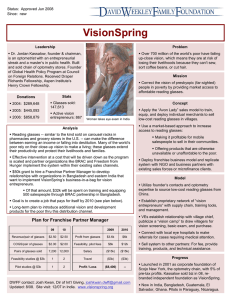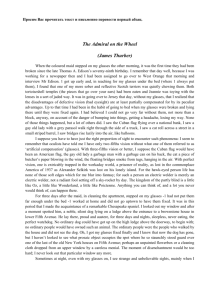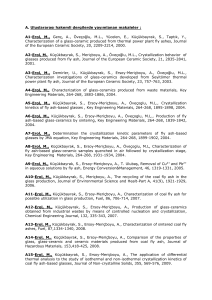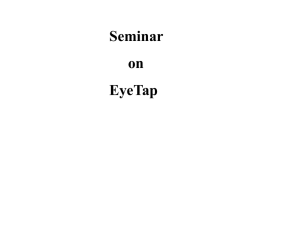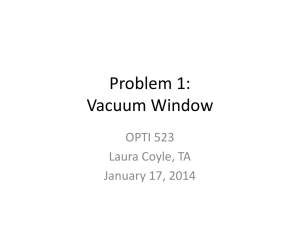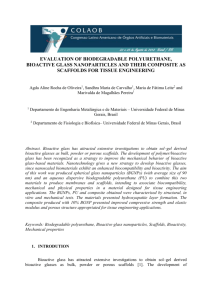Computational Studies on Structures and Ionic Diffusion of Bioactive
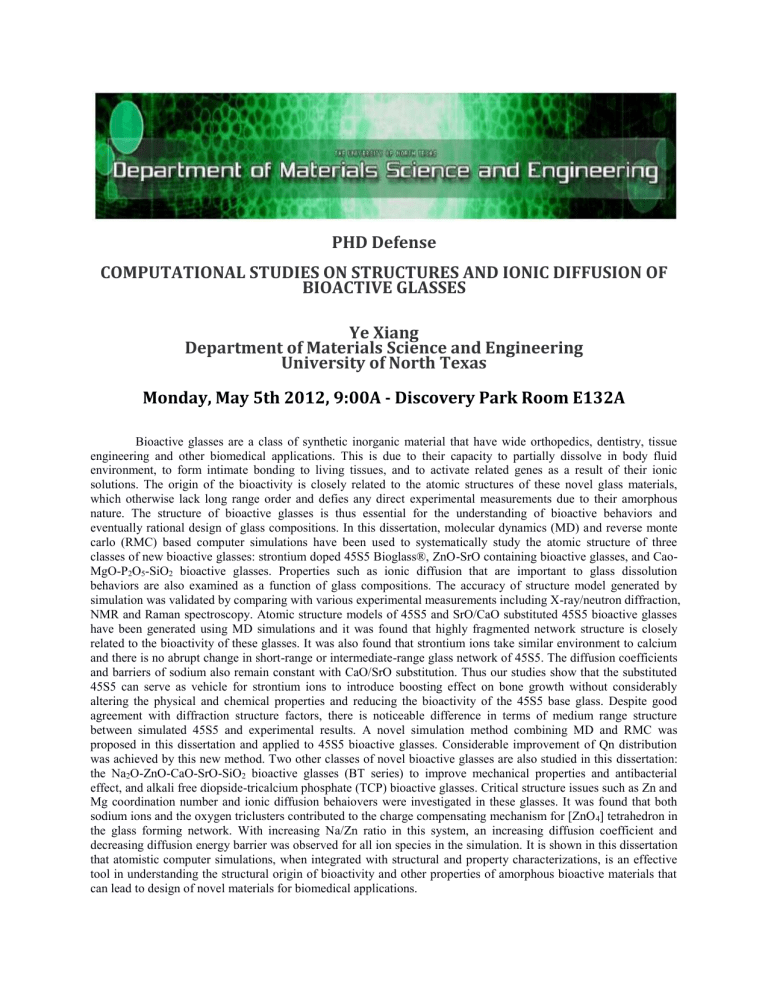
PHD Defense
COMPUTATIONAL STUDIES ON STRUCTURES AND IONIC DIFFUSION OF
BIOACTIVE GLASSES
Ye Xiang
Department of Materials Science and Engineering
University of North Texas
Monday, May 5th 2012, 9:00A - Discovery Park Room E132A
Bioactive glasses are a class of synthetic inorganic material that have wide orthopedics, dentistry, tissue engineering and other biomedical applications. This is due to their capacity to partially dissolve in body fluid environment, to form intimate bonding to living tissues, and to activate related genes as a result of their ionic solutions. The origin of the bioactivity is closely related to the atomic structures of these novel glass materials, which otherwise lack long range order and defies any direct experimental measurements due to their amorphous nature. The structure of bioactive glasses is thus essential for the understanding of bioactive behaviors and eventually rational design of glass compositions. In this dissertation, molecular dynamics (MD) and reverse monte carlo (RMC) based computer simulations have been used to systematically study the atomic structure of three classes of new bioactive glasses: strontium doped 45S5 Bioglass®, ZnO-SrO containing bioactive glasses, and Cao-
MgO-P
2
O
5
-SiO
2
bioactive glasses. Properties such as ionic diffusion that are important to glass dissolution behaviors are also examined as a function of glass compositions. The accuracy of structure model generated by simulation was validated by comparing with various experimental measurements including X-ray/neutron diffraction,
NMR and Raman spectroscopy. Atomic structure models of 45S5 and SrO/CaO substituted 45S5 bioactive glasses have been generated using MD simulations and it was found that highly fragmented network structure is closely related to the bioactivity of these glasses. It was also found that strontium ions take similar environment to calcium and there is no abrupt change in short-range or intermediate-range glass network of 45S5. The diffusion coefficients and barriers of sodium also remain constant with CaO/SrO substitution. Thus our studies show that the substituted
45S5 can serve as vehicle for strontium ions to introduce boosting effect on bone growth without considerably altering the physical and chemical properties and reducing the bioactivity of the 45S5 base glass. Despite good agreement with diffraction structure factors, there is noticeable difference in terms of medium range structure between simulated 45S5 and experimental results. A novel simulation method combining MD and RMC was proposed in this dissertation and applied to 45S5 bioactive glasses. Considerable improvement of Qn distribution was achieved by this new method. Two other classes of novel bioactive glasses are also studied in this dissertation: the Na
2
O-ZnO-CaO-SrO-SiO
2
bioactive glasses (BT series) to improve mechanical properties and antibacterial effect, and alkali free diopside-tricalcium phosphate (TCP) bioactive glasses. Critical structure issues such as Zn and
Mg coordination number and ionic diffusion behaiovers were investigated in these glasses. It was found that both sodium ions and the oxygen triclusters contributed to the charge compensating mechanism for [ZnO
4
] tetrahedron in the glass forming network. With increasing Na/Zn ratio in this system, an increasing diffusion coefficient and decreasing diffusion energy barrier was observed for all ion species in the simulation. It is shown in this dissertation that atomistic computer simulations, when integrated with structural and property characterizations, is an effective tool in understanding the structural origin of bioactivity and other properties of amorphous bioactive materials that can lead to design of novel materials for biomedical applications.

